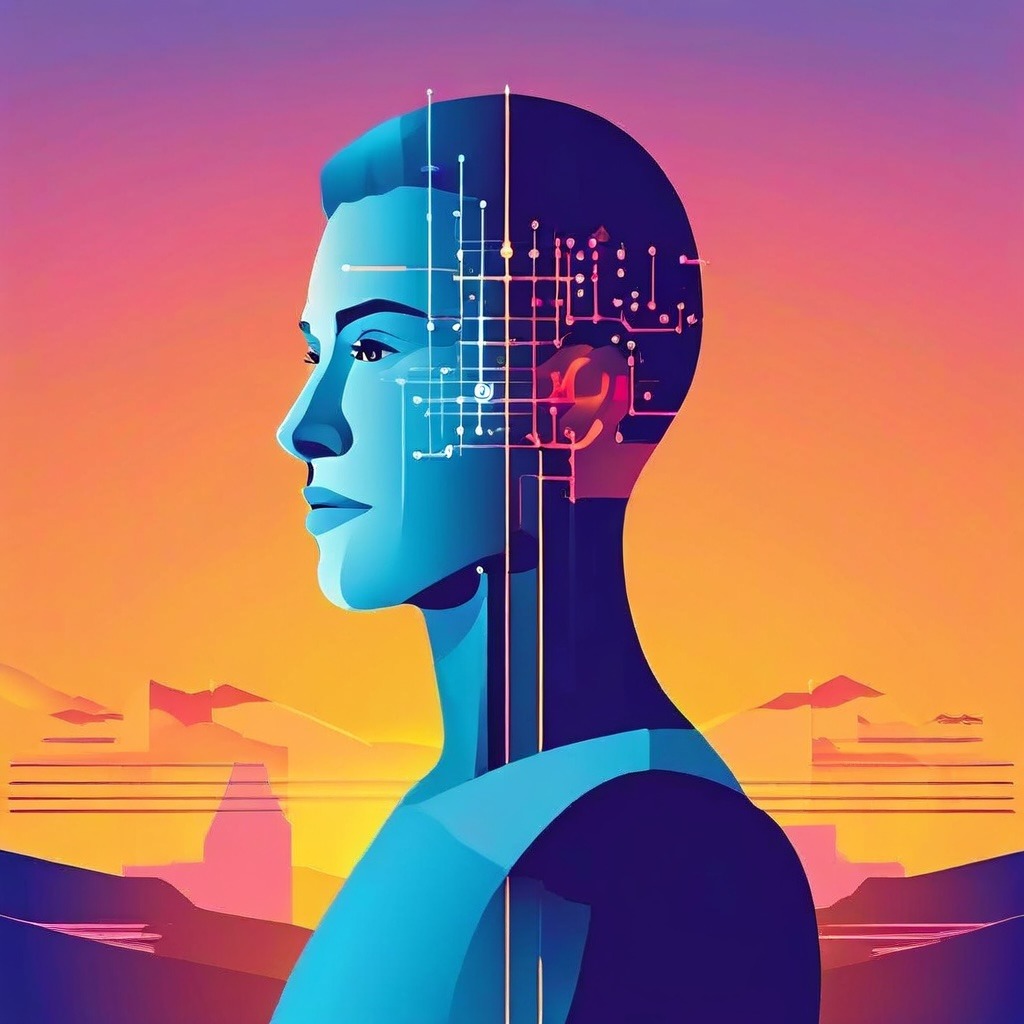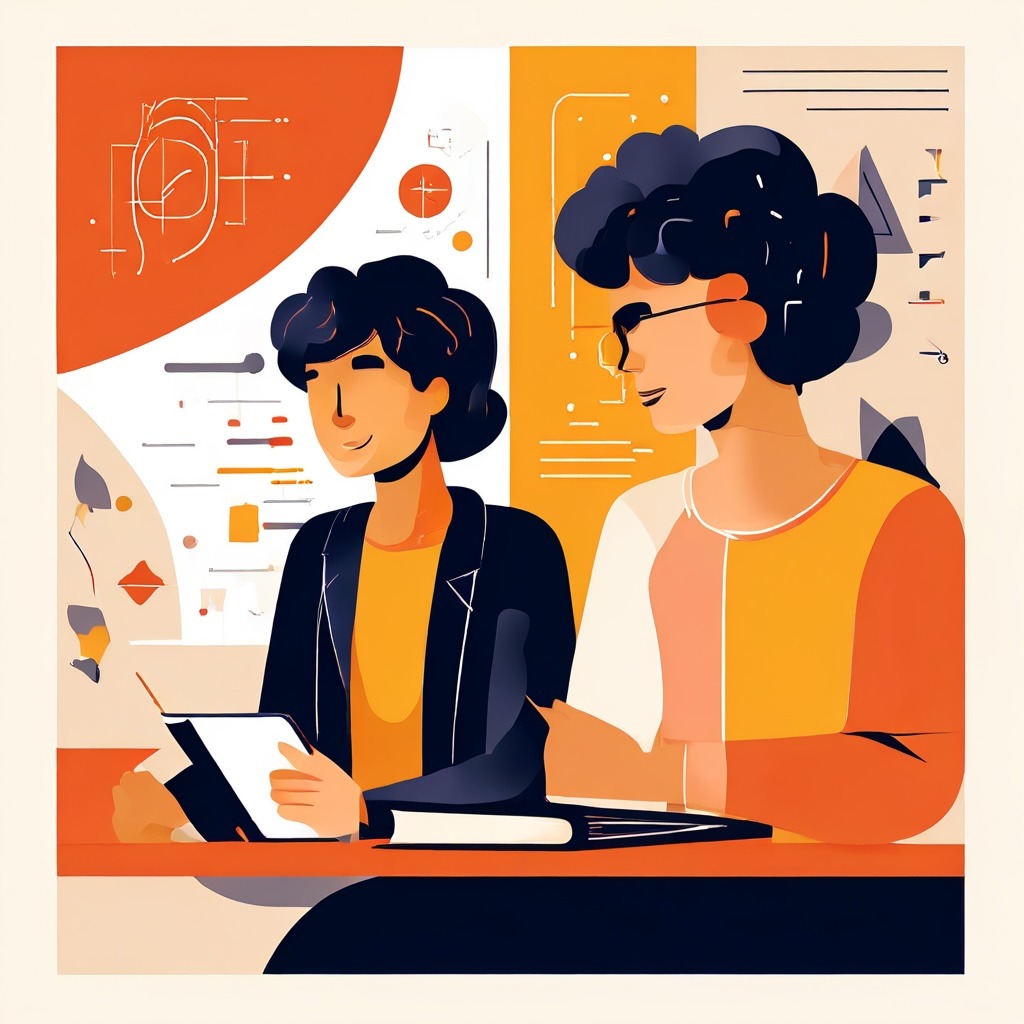The integration of generative artificial intelligence (AI) in education in the Asia-Pacific region is a significant and transformative development, presenting a complex array of opportunities and challenges. This integration has been seen as a major shift in education since the Education 2030 Agenda’s launch in 2015. While it offers potential benefits like personalized learning and increased educational accessibility, there are also concerns about its ethical use, potential misuse, and the readiness of different countries to adopt this technology.
What are the current implications of generative AI for education in the Asia-Pacific region
Opinions on the impact of generative AI in education are varied. Proponents see it as a tool for personalized learning and improved educational outcomes, while critics raise concerns about its potential misuse in cheating and the disruption of social and cognitive dynamics in classrooms. The Asia-Pacific region, with its diverse levels of technological readiness, faces the challenge of aligning policies, infrastructure, and training for responsible and equitable AI integration. This is further complicated by the fact that most generative AI models are trained on Western data, potentially leading to biases and lack of cultural relevance.
National and institutional initiatives, guided by frameworks like UNESCO’s AI Competency Frameworks, emphasize the importance of understanding AI’s potential and limitations. Dr. Libing Wang from UNESCO highlights the need for empowering educators and learners with essential AI skills and recommends inclusive access and equitable implementation of generative AI in education.
The potential benefits and risks associated with integrating generative AI in education
The potential benefits of integrating generative AI in education include personalized learning experiences, increased accessibility for learners with diverse needs, and support for teachers in pedagogical innovation. However, risks such as biases in AI-generated content, over-reliance on AI for assessments, and the digital divide pose significant challenges. To mitigate these risks, systematic data collection, monitoring trends, and collaboration with policymakers are crucial.
Empowering educators and learners involves providing them with the knowledge and skills to effectively integrate generative AI. This includes critical understanding, digital literacy, critical thinking, adaptability, creativity, and ethical awareness. Multi-level efforts, including UNESCO’s Teacher Competency Framework for AI and policy initiatives in various countries, are key in this empowerment.
Policy recommendations for ensuring inclusive and equitable access to AI in education in the Asia-Pacific region include aligning AI policies with existing education policies, investing in AI implementation, and establishing inclusive advisory groups. The UNESCO ‘Beijing Consensus on AI and Education’ and other initiatives stress the importance of localizing generative AI, enhancing educational systems’ capacities, and adjusting copyright laws and data protection measures.
Generative AI platforms can reinforce curricula, teacher preparedness, pedagogies, and assessments by providing dynamic and personalized learning experiences. They can suggest updates to curricula, create interactive scenarios for language learning, and enhance critical thinking skills.
How educators and learners are empowered with the skills and competencies to integrate generative AI effectively into teaching and learning
The responsible and ethical integration of generative AI is being explored in various themes, with considerations for data privacy, governance, and algorithmic bias. UNESCO’s global normative framework on the ethics of AI highlights the importance of using AI technologies thoughtfully in education. Measures include regulatory oversight, transparency in AI decision-making, strict privacy protection, and regular policy review.
In the Asia-Pacific region, strategies and practices related to the use of generative AI in education focus on human-centeredness and pedagogical alignment. Educators are reimagining education models and realigning teaching methodologies to equip students with crucial skills for collaboration with AI. These strategies emphasize fostering a culture of learning, critical thinking, and adaptability.
Overall, the integration of generative AI in education in the Asia-Pacific region is a dynamic process requiring a balanced approach. It necessitates a combination of policy development, technology infrastructure improvement, teacher training, cultural localization efforts, and ethical considerations to ensure its successful and equitable integration.
Read the full article HERE
What do we mean by “Generative AI in education”
Generative AI in education refers to the use of artificial intelligence technology to create new content or generate personalized learning experiences for students. This can include creating custom learning materials, generating quiz questions, and providing feedback on student work. One of the key benefits of generative AI in education is its ability to adapt to the individual needs and learning styles of students. By analyzing data on student performance and preferences, AI can create personalized learning experiences that help students better understand and retain information. Generative AI can also help educators save time by automating the process of creating and grading assignments. This allows teachers to focus more on providing personalized support and feedback to students, rather than spending hours on administrative tasks. However, there are also challenges and ethical considerations related to the use of generative AI in education. It is important to ensure that AI systems are transparent, fair, and unbiased in their decision-making processes. Additionally, there may be concerns about privacy and data security when using AI to collect and analyze student data. Overall, generative AI has the potential to revolutionize the way we teach and learn, providing students with personalized, adaptive learning experiences that can help them reach their full potential.





